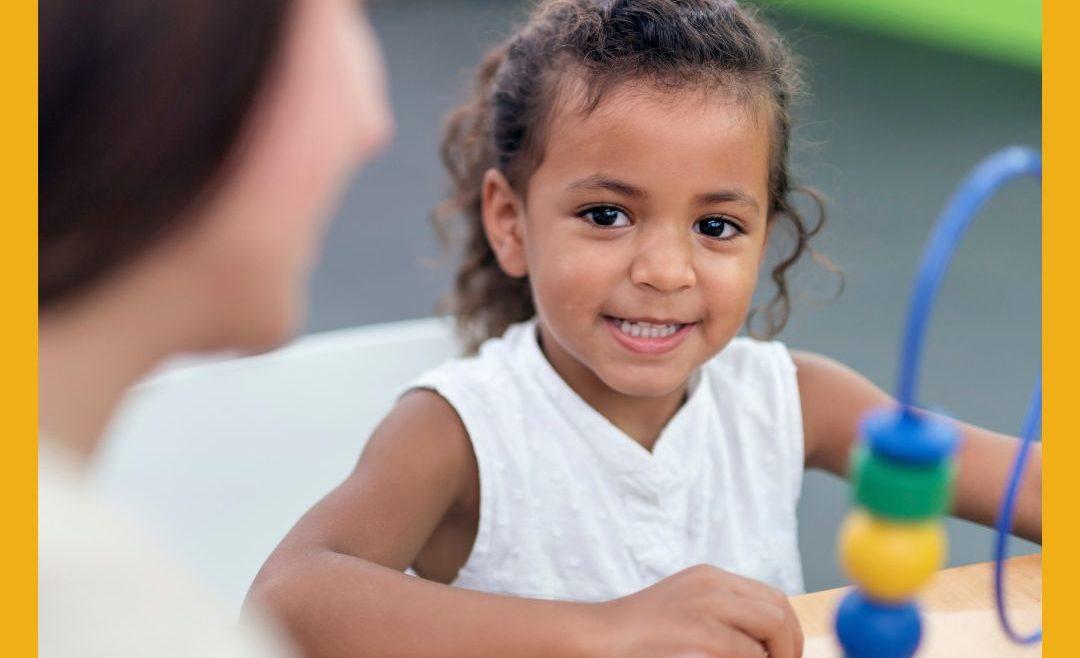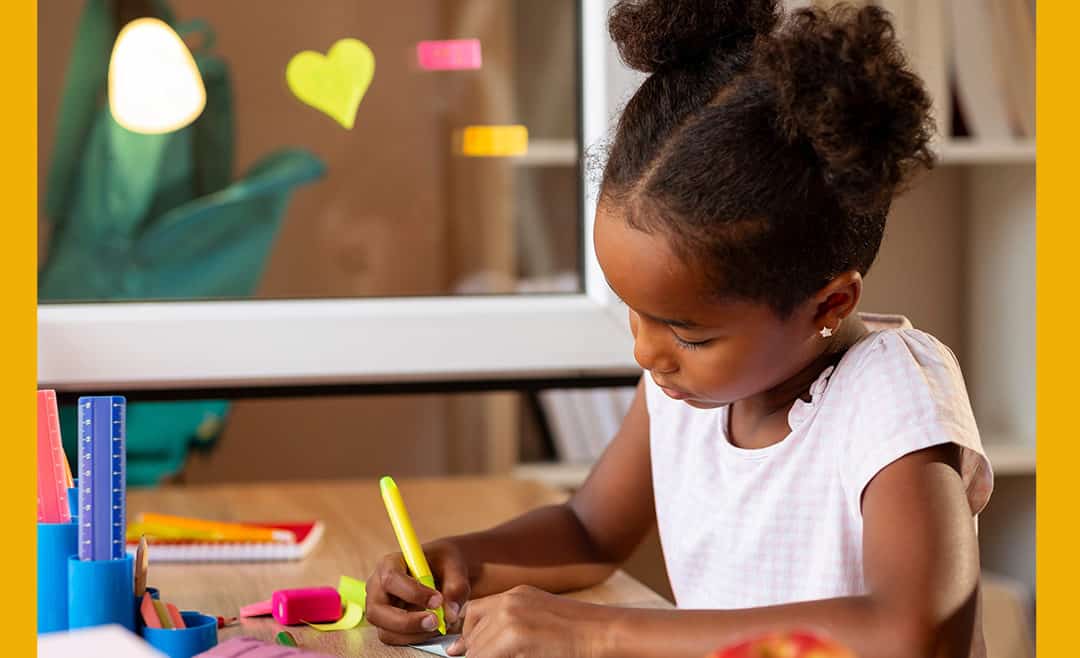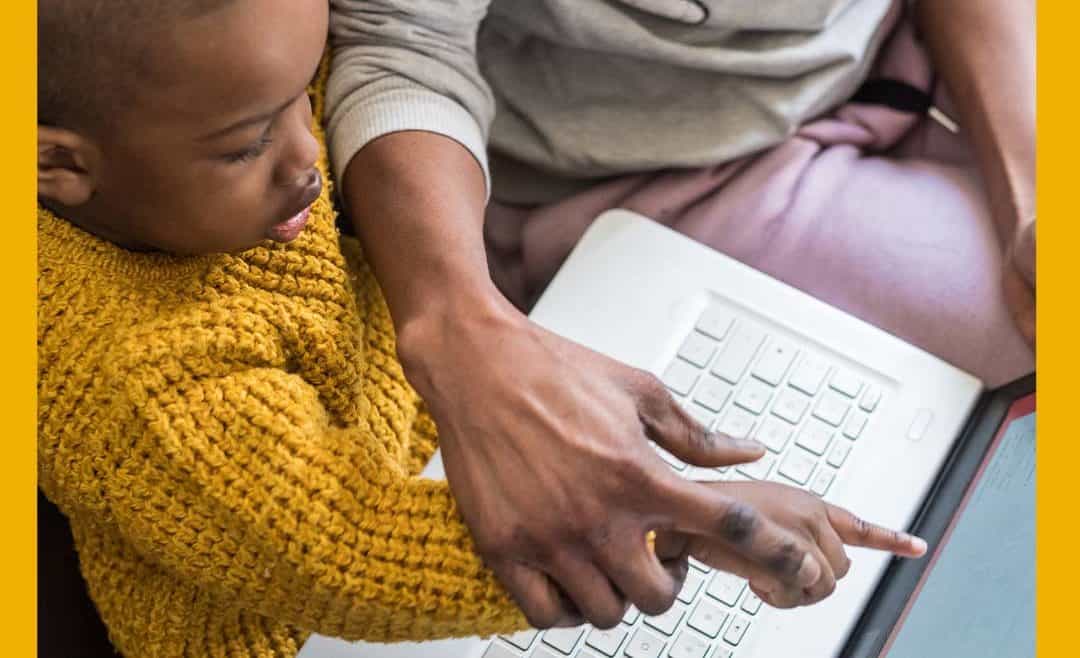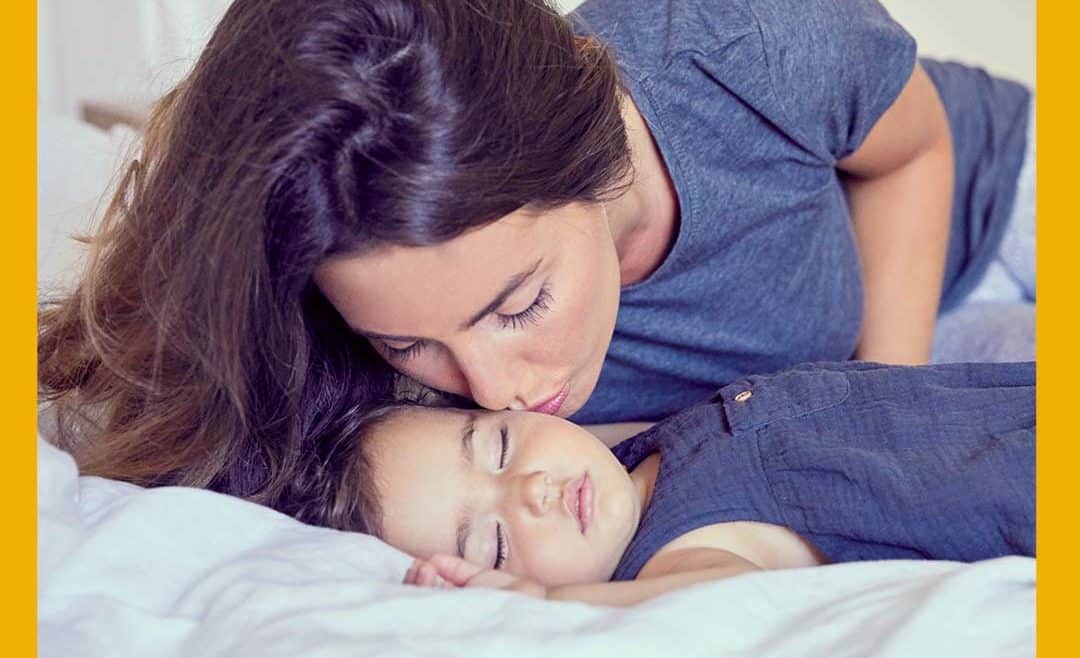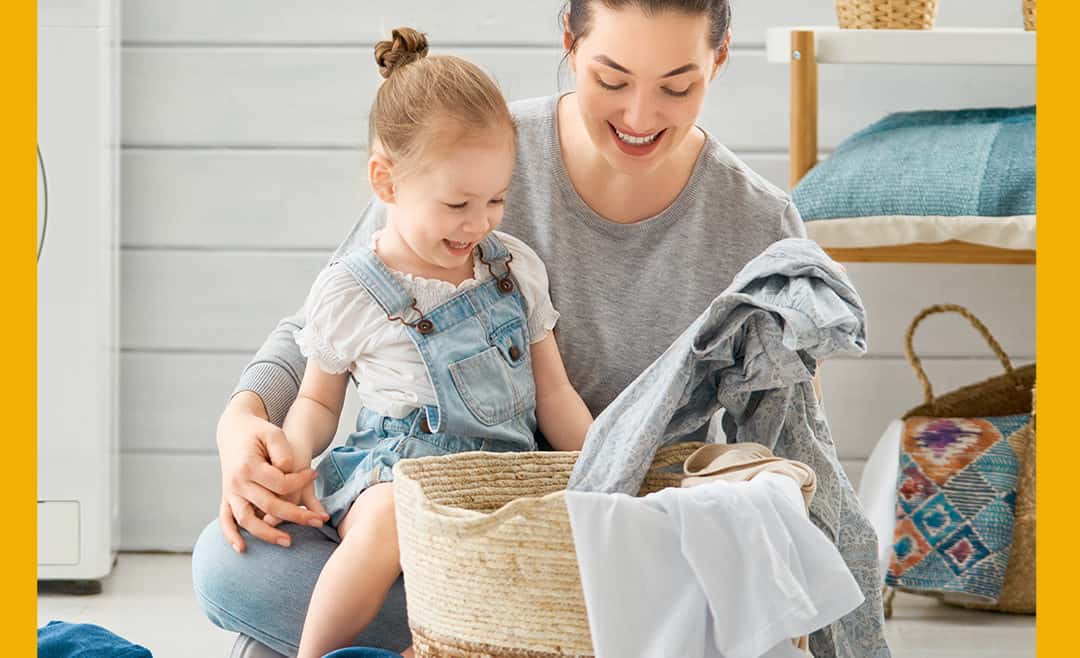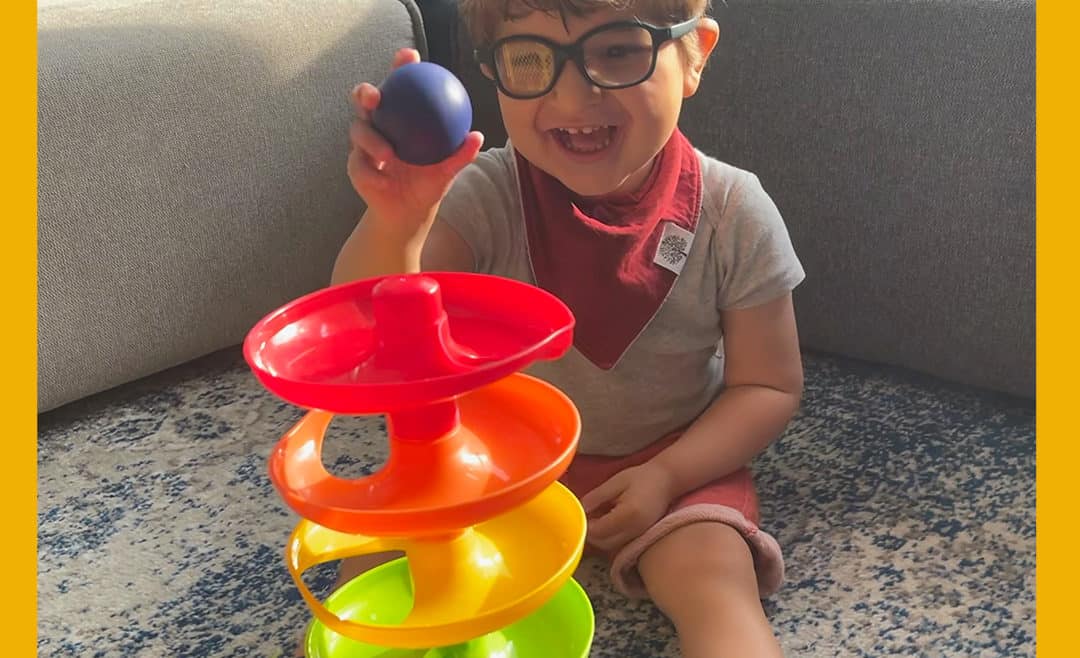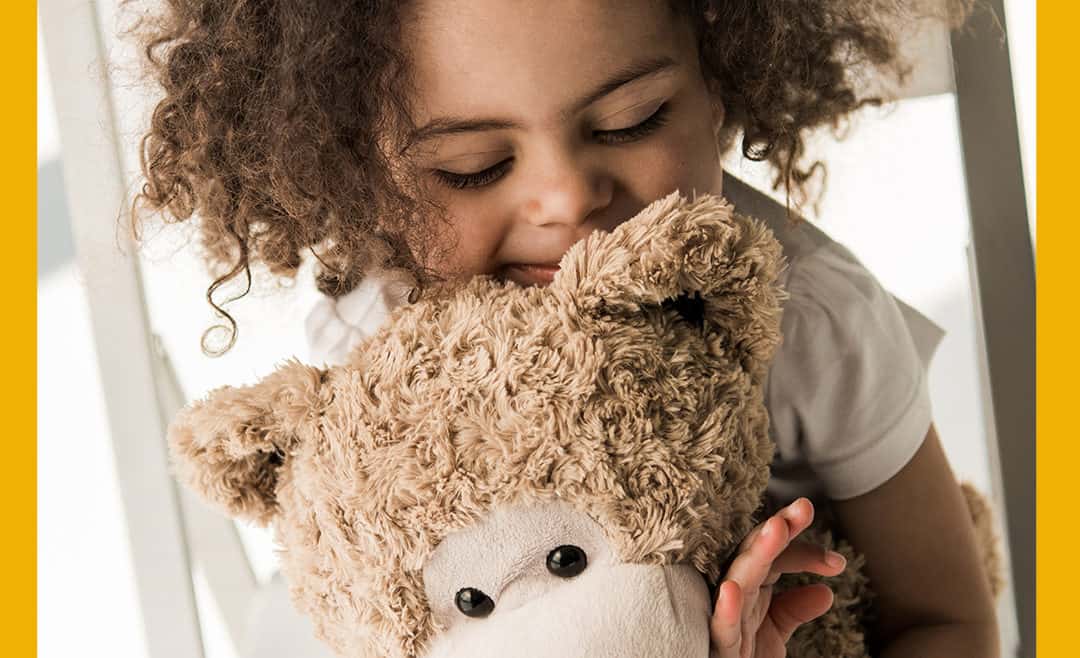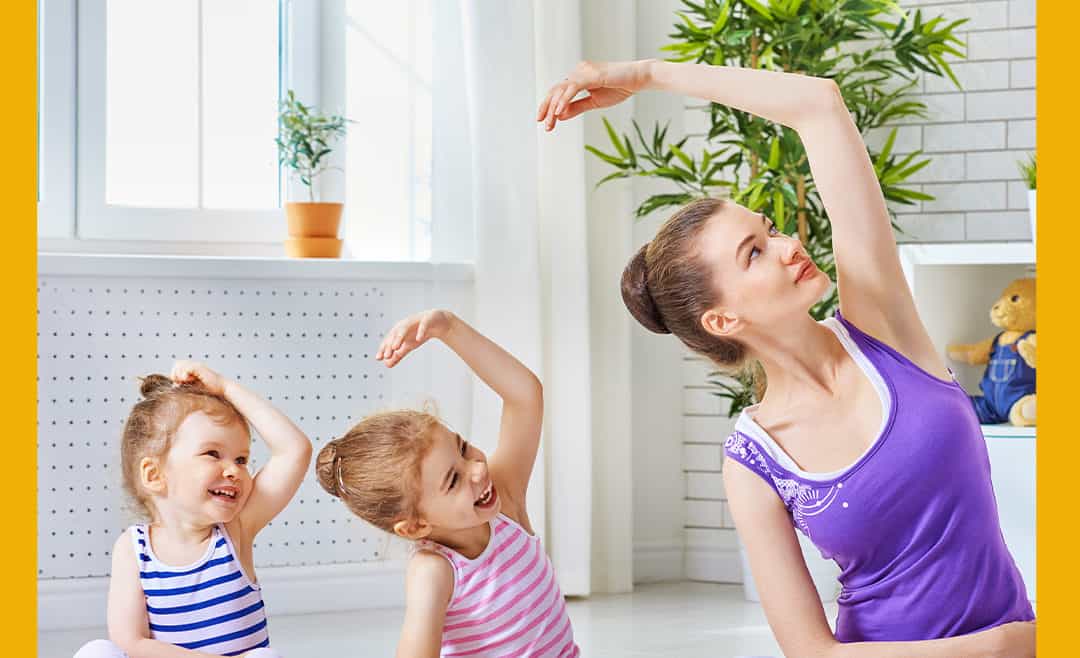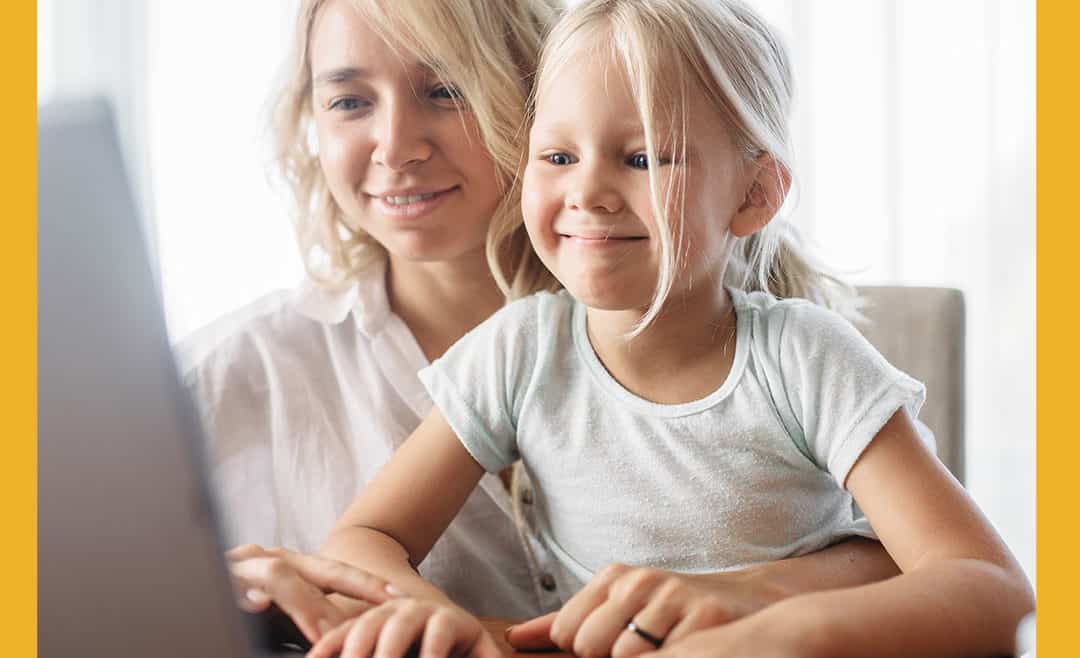Parents are some of the hardest-working people in the entire world. You wear so many different hats and are always trying to juggle your home life, work, and for some of you, school. But in reality, finding time to fit everything in can become overwhelming and could ultimately lead to you being stressed out.
To help take some of that pressure off your shoulders, we wanted to share some ways that you can work on your child’s therapy without the added stress. Believe it or not, there are many different ways to incorporate your child’s therapy into your everyday routine. Our hope is that you are able to use some of these ideas in your daily life so that you can work on your child’s therapy without worry.
Do a Family Workout
Partaking in a family workout with your kiddos is an excellent stress reliever. To begin, grab some blank pieces of paper, and work with your child to brainstorm some exercises (jumping jacks, pushups, etc.). Write down each exercise on a different piece of paper, lay them on the ground, and let the fun begin! Your child will have to use their balance to bend down and select an exercise, then you and your little one will have to use your gross motor skills to complete that exercise! Repeat until you’ve completed the whole workout!
Prepare Lunch Together
Another way to incorporate your child’s therapy into your daily routine is to prepare lunch together.
First, have your child use their fine motor skills to stack and build a tasty sandwich. Once that’s complete, gather a few more items that you will enjoy for lunch (cut up fruit or veggies, fruit snacks, etc.) Now, allow your child to utilize their speech by asking them questions about each item. For example, you could have them identify the color, texture, size, and shape of each item. Finally, sit down and enjoy your nutritious and delicious meal together!
It’s Clean-Up Time!
Whenever it’s time to clean up around the house, get your child involved! Have your little one start in their bedroom or playroom and ask them to put their toys away. They will have to use their balance to bend down and pick up the toys, and then carefully place them back in their rightful place. If the toy is soft enough, encourage them to use their gross motor skills to throw the toy back into the bin. Other things your child can do to help you clean are drying dishes, wiping off the table, or even sweeping. If you want to make this something that you and your kiddos do regularly together, you could even consider making them a chore chart!
Happy New Year from all of us at PTN! Follow us on our social media (Facebook, Instagram, Pinterest) all month long for more suggestions on stress-free ways to work on your child’s therapy during your daily routine, as well as great tips, activities, resources, and more! As always, please don’t hesitate to contact us at any time to discuss if your child would benefit from pediatric therapy. Our team is here to support you and your child in any way we can.


